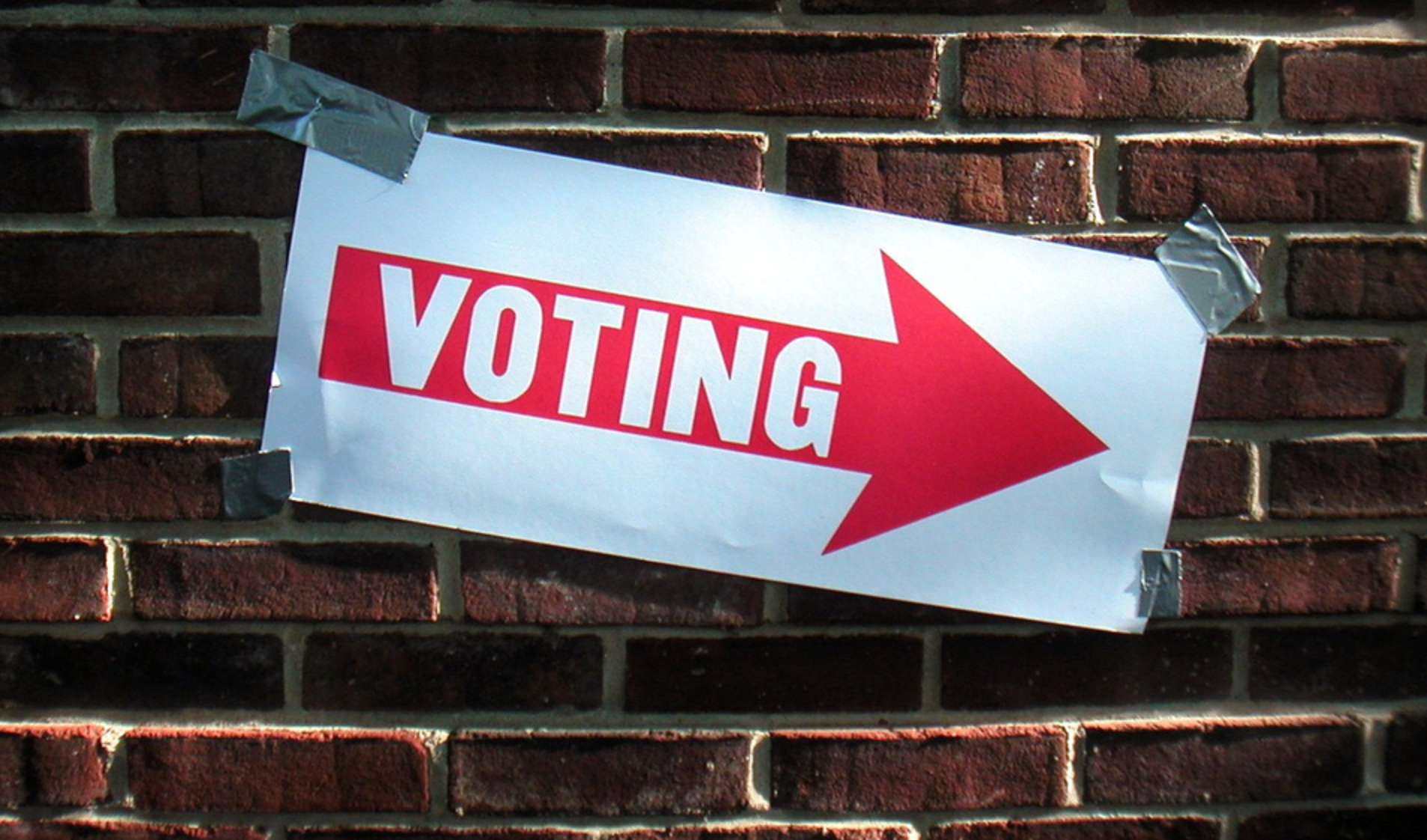Title Page
Florida Teacher’s Pension Fund Invested in Maker of School Massacre Gun. Bloomberg.
Introduction
Voting Lines Are Shorter - But Mostly for Whites. The Pew Charitable Trusts.
Stephen Pettigrew, a political scientist at the University of Pennsylvania, has found if there are two neighborhoods in the same city, and one is majority-white and the other has more blacks and Hispanics, voters in the white neighborhood have a shorter wait.
Voting rights advocates call the disparity a “time tax.” They argue that it violates the fundamental right to vote — and that it is often intentional.
Executive Summary
Rail is often touted for its potential to bring development and reinvestment. With the dual challenges of traffic and housing affordability present in the city, write authors of a new analysis by the Brookings Institution, Los Angeles’ transit-oriented development efforts could be key. So how has it actually played out there? The analysis looked at five Metro station neighborhoods and found mixed results.
“Two of these saw concentrated new housing near stations, because of strong property values, TOD-friendly zoning—and targeted government interventions. Three others have seen no nearby housing growth, due to weak property values, incompatible zoning, or both.”
While some ordinances seemed to pay off, the uneven results mean “mayors and other policymakers should be realistic about how quickly station neighborhoods can change,” according to the authors.
“Rail systems may deliver long-run benefits to the region but are not effective at short-run neighborhood stimulus,” they concluded.
Conclusion
Getting more immigrant children enrolled in preschool programs is a complicated but critical question, particularly in cities like Houston with large immigrant populations.
One of four cities included in a new Urban Institute report on improving access to preschool for immigrant children, Houston also has a particular state political context when it comes to funding and expanding pre-kindergarten. Still, the report gathered insights through interviews and created 10 recommendations for encouraging more preschool participation.
A couple key findings:
- “Support the whole family. Preschool focuses on the growth and development of young children, but the four sites reached out to parents and siblings as well. Staff connected families to community resources and collaborated with immigrant and refugee institutions.”
- “Mind the gaps. Even sites with unusually high preschool participation among immigrant families have unmet need. New arrivals to the US often lack the social networks that share information about preschool. Families might learn about prekindergarten through elementary schools but miss out on enrollment for their firstborn. Waitlists observed in every site demonstrate uneven or insufficient capacity.”
Endnotes
For a more just transportation system ...
... decriminalize petty non-driving transportation crimes (jaywalking, fare evasion) and actually criminalize the thing that causes real harm: dangerous driving. https://t.co/oXPQxt0Rxw
— Angie Schmitt (@schmangee) February 22, 2018

